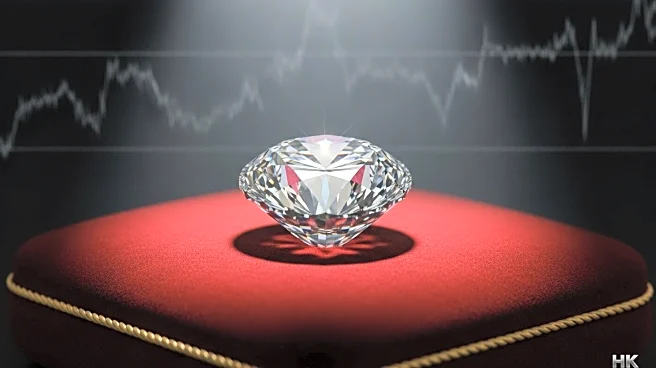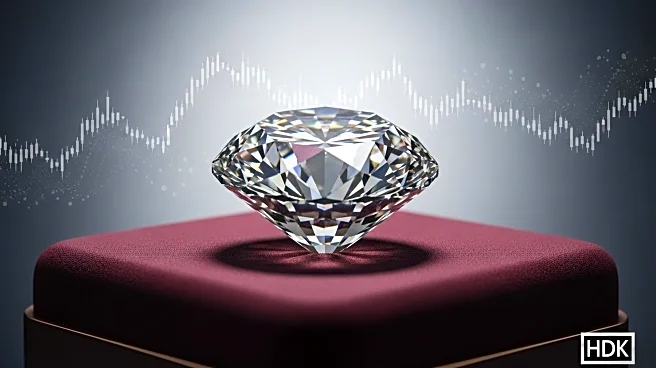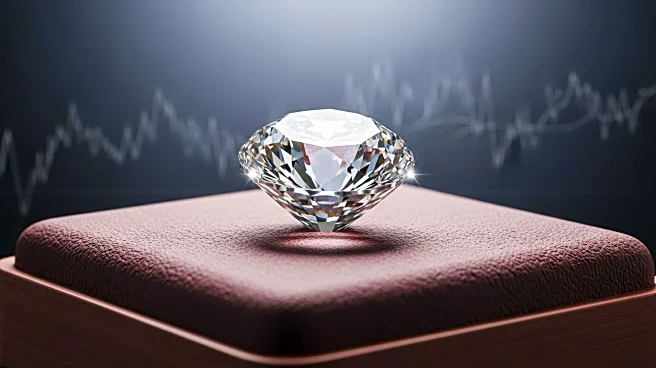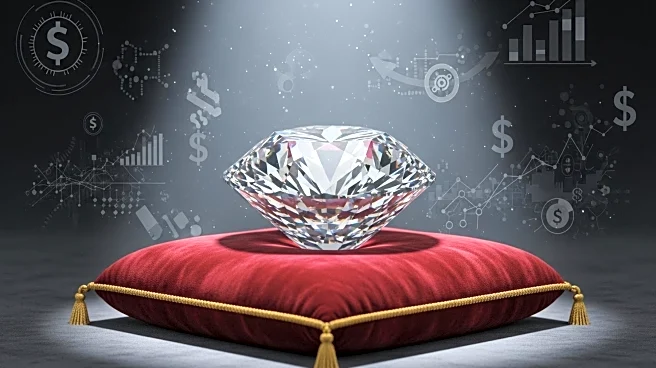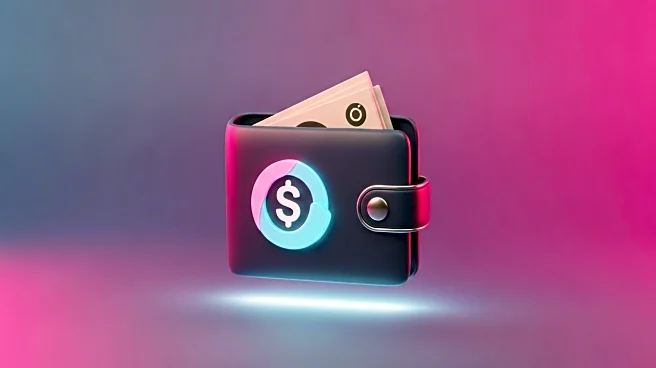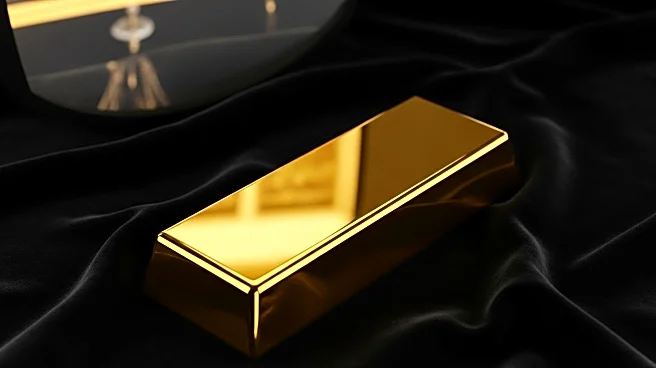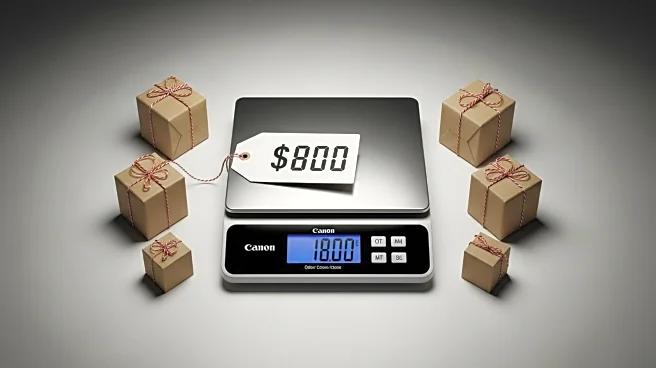What's Happening?
The discovery of the Motswedi Diamond in 2024 has reignited interest in ultra-exceptional diamonds as a hedge against macroeconomic instability. Weighing 2,488.32 carats, this type IIa diamond represents geological uniqueness and ethical sourcing. Historically, ultra-rare diamonds have demonstrated resilience during crises, outperforming gold and real estate in preserving value. Despite structural challenges in the diamond industry, ultra-exceptional diamonds remain insulated from trends affecting lower-tier stones.
Why It's Important?
Ultra-exceptional diamonds like the Motswedi Diamond offer a strategic asset for wealth preservation in volatile markets. Their scarcity and emotional capital make them a compelling alternative to traditional safe-haven assets. The diamond's ethical sourcing and cultural significance enhance its appeal, aligning with growing consumer demand for traceable, conflict-free assets. The diamond industry faces challenges from lab-grown diamonds, but ultra-rare specimens remain valuable due to their geological rarity.
What's Next?
The Motswedi Diamond's potential to be cut into high-clarity gems or preserved as a museum piece highlights its adaptability as an investment. Botswana's ethical mining framework further enhances its appeal. Monitoring the diamond's market performance and its role in diversified portfolios will be crucial for assessing its long-term value.
Beyond the Headlines
The Motswedi Diamond exemplifies the duality of ultra-exceptional diamonds as both cultural treasures and strategic assets. The diamond's role in wealth preservation highlights the broader implications of macroeconomic instability and the need for alternative investment strategies. The focus on ethical sourcing underscores the importance of consumer demand for traceable assets in sustaining market value.
